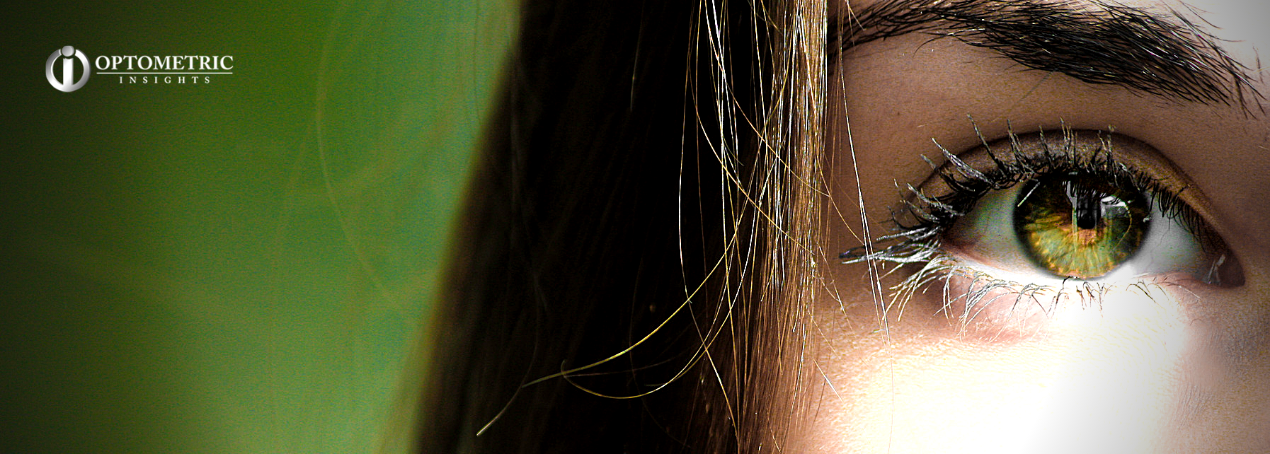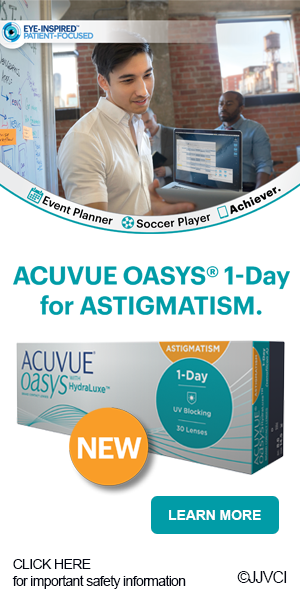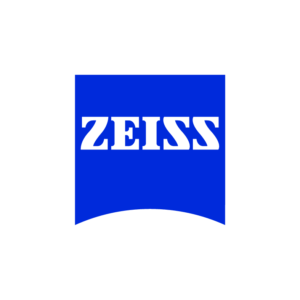Did your mother ever tell you: “If you’re going to do something, do it all the way”? Well, mine did, but I was the kid who was always doing things only partway. In most things relating to medicine, we set targets, but falling short does not necessarily mean that we failed. In eye care, we set target pressures for intraocular pressure (IOP) for our patients, for example, and once maximum treatment is achieved, we move onto the next step. For dry eye, we never expect that symptoms will 100% disappear; while that would be ideal, it doesn’t happen most of the time.
When it comes to contact lenses, it seems that many practitioners consider partial treatment to be a failure. I have heard colleagues complain about how certain lens types are failures because they do not achieve optimal treatment success. When I inquire about what optimal means, they say perfect comfort and distortion-free, 20/20 vision.
I’d like to outline a few examples of contact lens success that may need to be redefined.
Multifocal Lenses
I often encounter practitioners who scoff at multifocal lenses. Their belief that patients should have the same clarity with multifocal contact lenses as they do with with spectacle lenses has yielded perpetual failure.
In my clinic, multifocal lenses are a luxury that offer patients the option of glasses-free vision. I never promise clarity of vision with multifocals; in fact, I undersell the quality of the vision for my patients ahead of time and then surprise them with how well they do end up seeing.
If you are using the 20/20, J1 line on a near card, you are shooting yourself in the foot with multifocal lenses. Switch to patients’ cell phones as your near target, and let them experience the lenses for one week before any decisions are made.
Cylinder and Toric Lenses
Remember the days when we would fit a patient into soft lenses and let them settle on the eye for 20 minutes before evaluating them? Can you imagine doing that now? But even with how great our lenses are today, a small amount of rotation still happens; as such, we always slightly reduce the cylinder amount in the lens to account for any rotation. Patients rarely notice this slight decrease, and we achieve greater success more often.
Orthokeratology
With billions of patients becoming nearsighted, we have a potential epidemic on our hands. Orthokeratology (ortho-k) can slow the progression of myopia, even when we only do things part way (Charm and Cho, 2013).
I don’t know about you, but I get frustrated fitting some of my ortho-k patients. A child and parent come into the consult, the parent thinks that the child is seeing great, then discovers that the child is 20/50 at distance. We proceed with ortho-k, and the parent is discouraged that the child is missing a letter on the 20/20 line.
Most of the articles that I have read about ortho-k have a final end-point target of 20/25. Charm and Cho (2013) reported that patients who have high amounts of myopia still experience myopia control; over a two-year period, patients who were partially corrected with ortho-k progressed in their myopia by –0.13D versus the control spectacle group, who progressed –1.00D.
When ortho-k is used (off-label)for myopia control, we need to keep in mind our main goal of slowing the progression. We can always correct any residual error with glasses; it may not be worth an additional 20 visits to get to the 20/20 line.
It’s OK to Let It Slide
Don’t get me wrong, I always want to shoot for perfection; but in these cases, I do not feel that we are providing any disservice to our patients. In fact, in these cases, partial correction may in fact be the perfect correction. CLS
READ more of my article here at Contact Lens Spectrum





